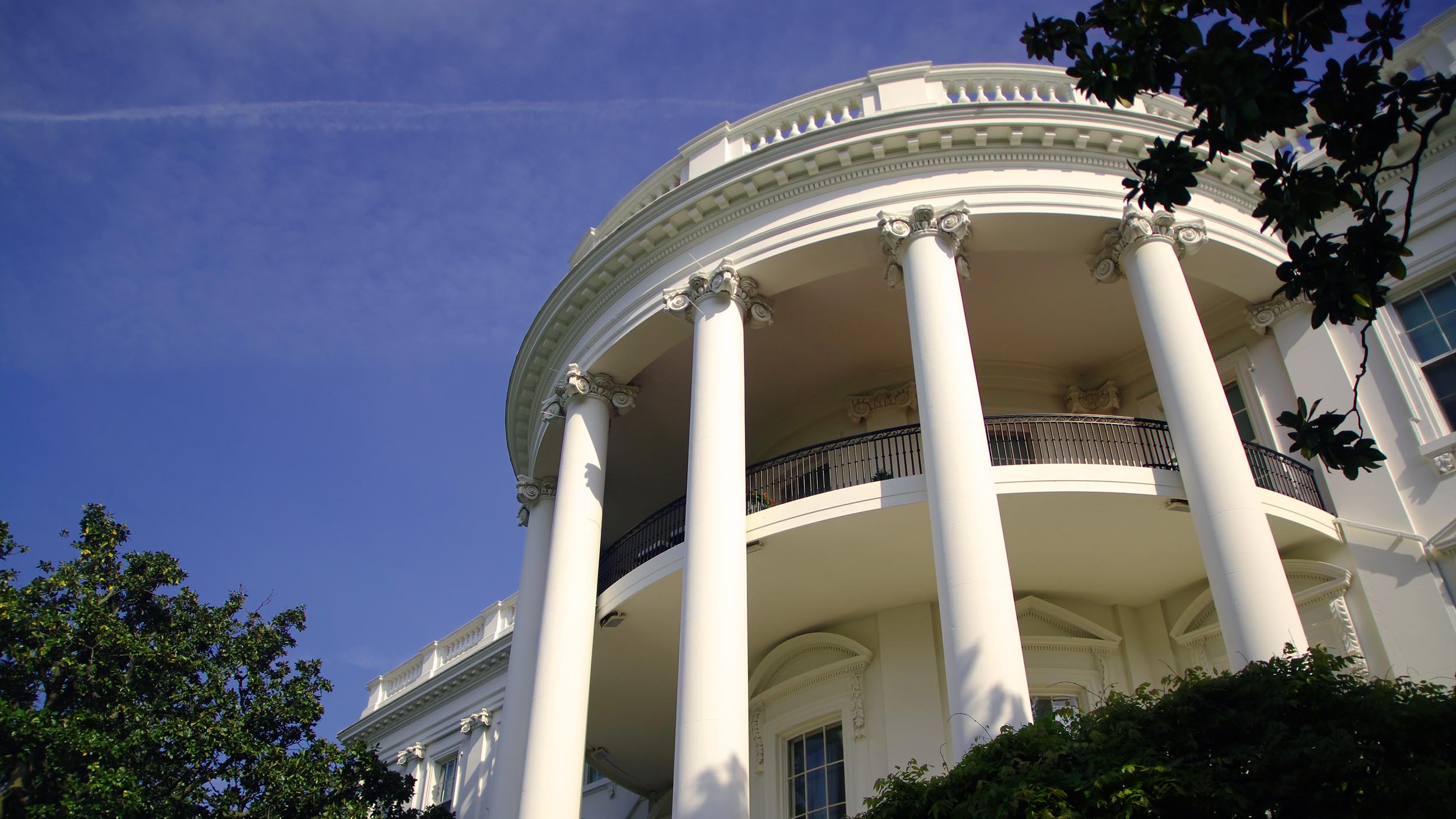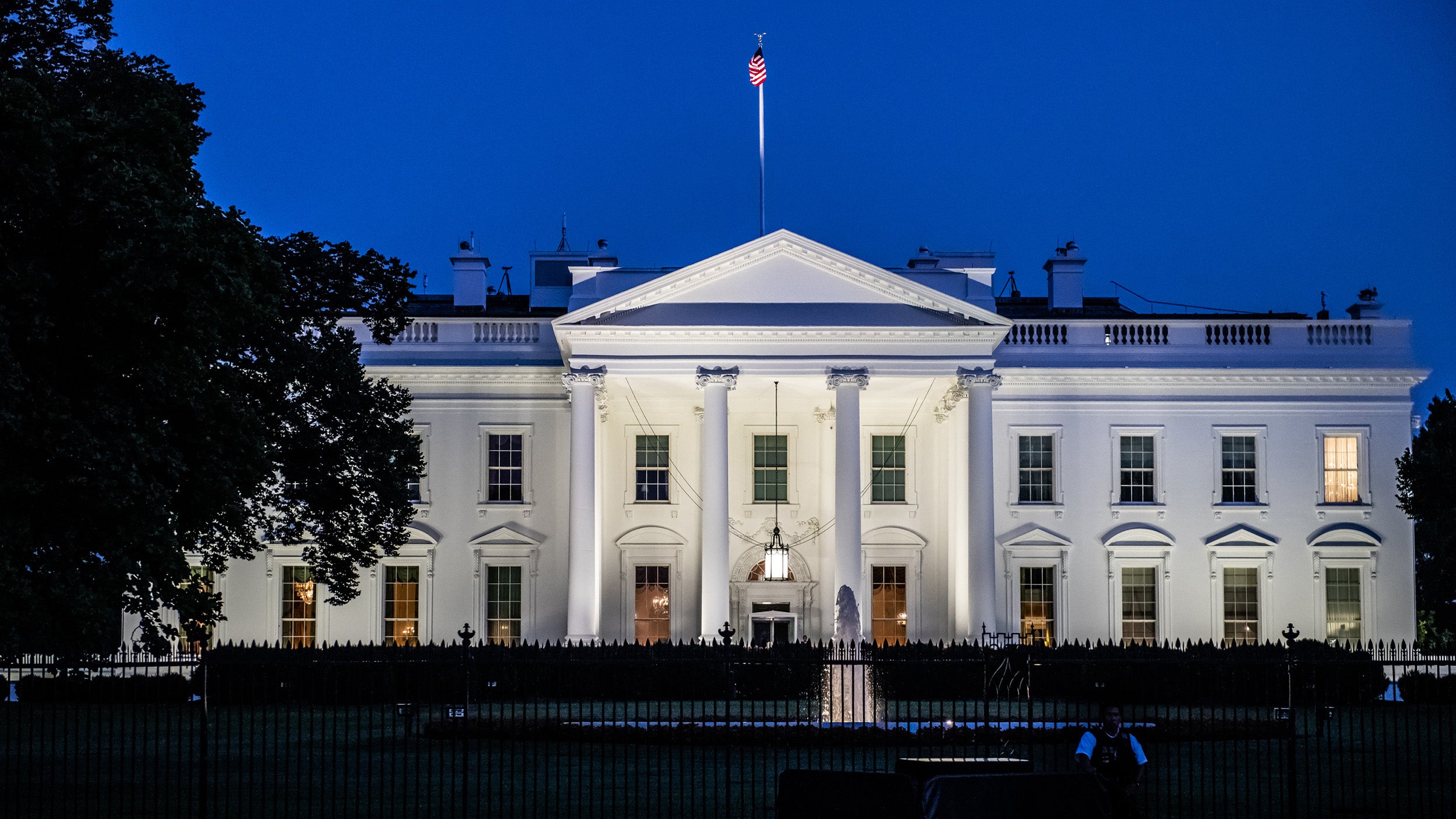
Markets and Economy What Trump’s policies may mean for the markets and economy
Based on Trump’s campaign pledges and subsequent activity, his second presidency may affect the markets and economy though not as much as monetary policy.

Some 67 million viewers tuned in as the candidates promoted their vision for the future and highlighted their opponent’s weaknesses.
The race remains incredibly close as all seven battleground states are within the polling margin of error – and are likely to remain so until Election Day.
The time to make an impression on voters is subsiding. Early voting kicked off on Sept. 11 when Alabama mailed out absentee ballots.
The Sept. 10 debate between Vice President Kamala Harris and former President Donald Trump was highly hyped and did not disappoint. With both candidates meeting for their first and potentially only debate (more on that later), pundits viewed the sparring session as possibly the final river card (for you poker players) to help voters gauge the state of the battle for the White House.
Debates are often dramatic theater, and with the expected margins expected to be razor thin come November, performances matter. Sixty-seven million viewers tuned in as the candidates attempted to promote their vision for the future, define the past, and highlight their opponent’s weaknesses. The debate questions covered the obvious topics: the economy/inflation, immigration/border, abortion, crime, energy, democracy, trade, China, and the wars in Ukraine and Gaza. Surprisingly, the issue of pet abduction and consumption was also a topic of discussion that had the internet abuzz for days.
What was not quite as stirring was the aftermath and the debate’s effect on the political map. The race remains incredibly close. All seven battleground states (Pennsylvania, Wisconsin, Michigan, North Carolina, Nevada, Arizona, and Georgia) are within the polling margin of error – and are likely to remain so until Election Day. Expect the candidates, their running mates, and Democratic and Republican surrogates to crisscross the country between these seven states at breakneck speeds to convince the small universe of undecided voters that their party’s nominee is the right man or woman for the job.
From the onset, it was clear that Harris was incredibly prepared. Throughout the debate, she held the leverage and consistently used her answers to bait Trump into veering off topic. This represented a stark contrast from the June 27 debate between Trump and then-nominee President Joe Biden, in which Biden’s poor performance led to his exit from the race. (For comparison, that June debate drew 51.3 million viewers, and the first Biden/Trump debate in 2020 had an audience of 73 million).
The vice president was forceful and confrontational in presenting her vision and tried to cement Trump’s first term as chaotic and out of touch with the needs of the country. Harris attempted to make the case that the former president’s policy agenda would only benefit the few and leave behind the many. Furthermore, she said that if Trump were reelected, he would focus on his own personal needs and not those of the country.
On the other hand, Trump called attention to the challenges and fears facing today’s voters, and emphasized that the Biden-Harris administration had failed to solve inflation, crime, energy prices, out-of-control global conflicts, and a worsening border crisis. He labeled Harris’s vision as a continuation of Biden’s liberal policies, but worse. Trump attempted to make the case that voters were better off under his administration and that the vice president had three-and-half years to improve matters for Americans but had failed to deliver.
(For in-depth analysis of the debate, watch the on-demand replay of our webinar The politics: What do political strategists think about the 2024 US presidential race?)
While the outcome of the debate will be assessed over the coming weeks, it’s clear that both candidates are telling their respective bases (and, most importantly, their campaign donors) that they won and that their path to victory is clear. Trump’s polling has been steady since 2016, which suggests a possible ceiling of support. As the Harris team works to define their candidate – to avoid being defined by Trump – they will aim to attract voters that had not been enthusiastic about a Biden candidacy and invest in a ground game to get voters to the polls.
The vice presidential nominees are set to debate on Oct. 1, but it’s unlikely to draw the viewership that the presidential debate saw, nor are their performances expected to change the minds of many voters. Senator J.D. Vance and Governor Tim Walz will look to echo their running mate’s vision for the country while disparaging their opponent’s strategy for turning the country around.
Will the country see another presidential debate in October? Trump shut the door on that possibility on Sept. 13 when he used social media to say that there will not be a third debate and reasoned that only losers want rematches. He equated candidates asking for a second debate to defeated boxers asking for a second chance at the title. But what do voters want? A recent New York Times/Siena College poll revealed that only 12% of likely voters needed to learn more about Trump, while 31% said they needed to learn more about Harris. That reality may force both parties to identify additional platforms and opportunities to articulate their vision for the country.
Both candidates will spend the final weeks of this campaign trying to build momentum and create enthusiasm, while presenting their visions for the country and defining their opponents. The up-for-grab voters are few, so both parties will give them special attention to secure their support. Trump has historically outperformed the polls, so the question remains whether he can he do the same in 2024 and whether it be enough to overcome Harris.
The time to make an impression on voters is subsiding. Early voting kicked off on Sept. 11 when Alabama mailed out absentee ballots to those who requested them, and the battleground state of Wisconsin mailed out ballots on Sept. 19. And more states are around the corner. Why does this matter? In 2020, over 100 million voters cast their ballots before Election Day. With very few opportunities left to reach a national audience, candidates will rely on retail politics, ground games, and media blitzes to secure that small sliver of undecided voters. It’s going to be a wild one, so hold onto your seats.
With contributions from Cogent Strategies

Based on Trump’s campaign pledges and subsequent activity, his second presidency may affect the markets and economy though not as much as monetary policy.

Deregulation and tax cuts could potentially provide a boost to US economic and market growth, while tariffs and immigration restrictions could pose challenges.

We assess the key differences between the policy platforms of Kamala Harris and Donald Trump and the potential implications for financial markets.
Important information
NA3869759
Header image: Melodie Yvonne/ Getty
Invesco is not affiliated with Cogent Strategies.
The opinions referenced above are those of the author as of September 18, 2024. These comments should not be construed as recommendations, but as an illustration of broader themes. Forward-looking statements are not guarantees of future results. They involve risks, uncertainties, and assumptions; there can be no assurance that actual results will not differ materially from expectations.
This link takes you to a site not affiliated with Invesco. The site is for informational purposes only. Invesco does not guarantee nor take any responsibility for any of the content.